Gemini 4:4:4 RAW: Your 4K/2k/1080p Recording Solution
As all of you know, I have been doing an intense round of camera tests for Need for Speed. These tests involved nine cameras in total. Trying to leave no stone unturned was the agenda. This test did not stop at just cameras, exposures, filters, ISO, etc. We needed to test not only the sensor, but its capture medium. We selected three to test: the on-board SxS cards at 2k 4:4:4 ProRes out of the Alexa, the Alexa with a Codex S Recorder, and the Canon C500 with the new Gemini 4K RAW Recorder.
Protecting your negative is so important. Coming up with the right solution that works for your set etiquette, post workflow and individual budget is all part of the puzzle. The price differences between the three types of capture media were pretty extreme. Obviously, the SxS cards were the cheapest, but mainly because it was internal with the Alexa. The next was the Gemini. With its price point of around $5,000-$7,500, it was very inexpensive for a 4K RAW capture with a very unique way of pulling this off. I will get into more detail shortly. I have used Convergent Design recorders. They have made the Gemini for years and have a history of excellence with a very good price point. For all of the owner operators out there, if you are buying the new C500, this will keep your overhead down.
Now on to the finer details. I am all about keeping things compact and mobile, and the Gemini has this in spades. It is very small and has a very cool on-board monitor so that you can immediately check the digital gate. It also has very user-friendly commands to get you recording at specific frame rates. It is so small because it records to two separate SSD cards at the same time. I thought this was genius in terms of design. Frame one is on card one and frame two is on card two, frame three on card one and frame four on card two and so on. This keeps the footprint slim and mounts onto your camera like an on-board monitor.
The connections are very simple: one or two 3G SDI cables out of the C500, Alexa, C300, etc. to this recorder. Alexa Family: 16:9 (2880×1620) up to 60fps, (4:3 (2880×2160) up to 48fps, planned) Canon C500: 3840×2160/4096×2160 up to 30fps (60fps support in late 2013 with new SSDs).
One of the limitations of the Gemini is with frame rates, in that you can only shoot specific ones. You cannot roll out 22 fps or 48fps. It can record 23.98/24, 25, 29.97/30, 50, 59.94/60, 100, and 119.98/120 FPS. Now this is until the SSD cards catch up with Convergent Design’s mad scientists back at the lab. HA HA. They have been way out in front of this capture, but they are saying that they will be able to do 60fps by the end of the year on Canon 4K RAW. So with one recorder, you can only record 23.98/24, 29.97/30. If you want to go higher than 30fps, it requires a second Gemini at 4K RAW, or you can go up to 59.94 at Half Raw with one Gemini recorder.
We have one unknown tip that we discovered in our test. By shooting at 2K on the C500, we were able to gain almost another stop of latitude in the highlights. This was huge. It opens up a can of whoop ass for those of you who might not want to shoot 4K and deal with all of the huge media files in your post process, and with this, it also opens up more frame rates that one recorder can do. Very exciting times.
Why test a recorder? It’s all 0’s and 1’s, right? NOPE! It is not just for the quality of how it looks on the screen, but the workflow process and ease of file management. The Gemini quickly rose to the top. Its reader was cost effective, as well as speedy for ingestion into the Bertone Visuals Dardo DIT cart. You have to change your etiquette up a little bit, and this is a pearl of wisdom. Labeling these cards is so important because you now have two coming off, not just one, and sometimes you will have four coming off with high speed. We label them 1A, 1B, 1C, and 1D. We know that back at the DIT cart, all of these cards go together to create one media file.
The Gemini 4:4:4 recorder powers off of 6 to 19 volts via p-tap power, 4pin to Xlr, or can be powered off of an optional battery pack. The SSD drives are loaded into the top of the recorder, and there is a locking screw to prevent them from coming loose. The cool thing is if the recording process is interrupted (loose sdi cable, camera powering down etc.), the recorder will display an error message and reassemble the clip in the recorder to keep as much usable footage as possible.
“Workflow”
Each roll or two, SSDs are unloaded and transferred to the DIT cart with a transfer station via thunderbolt, Esata, USB or firewire. The Gemini clip merger is then used to reassemble to frames from each SSD in order. When reassembled, the Canon raw .rmf files can then be converted to whatever flavor of files is needed for post, .Dpx, Pro Res or DNxHD, to then be sent to editorial. An additional .wav file for the audio is also transferred with the .rmf files. This works well with shooting to the CF cards on the C500 for a quicker offline edit to then be matched with the raw footage from the Gemini.
“Conclusion”
Small footprint, easy to use, priced right and just plain works well. We are slated to use six of them on Need for Speed. They will be with our C500 plate unit, which will be recording all of our high speed racing plates at 60fps. Geo Film Group has made four C500 crash cams so that we can put these cameras in harm’s way, and inside are two Gemini RAWs!
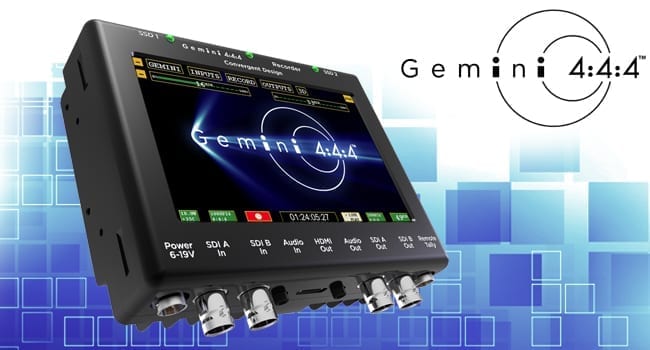
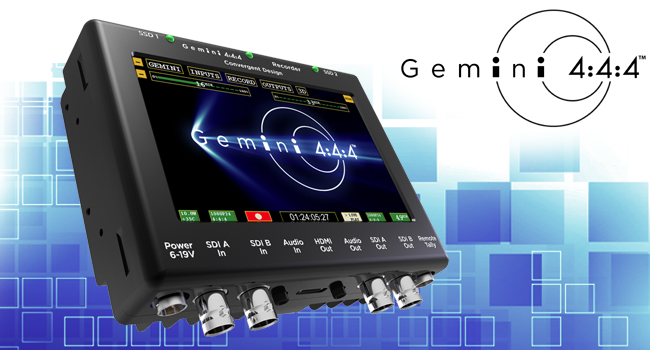
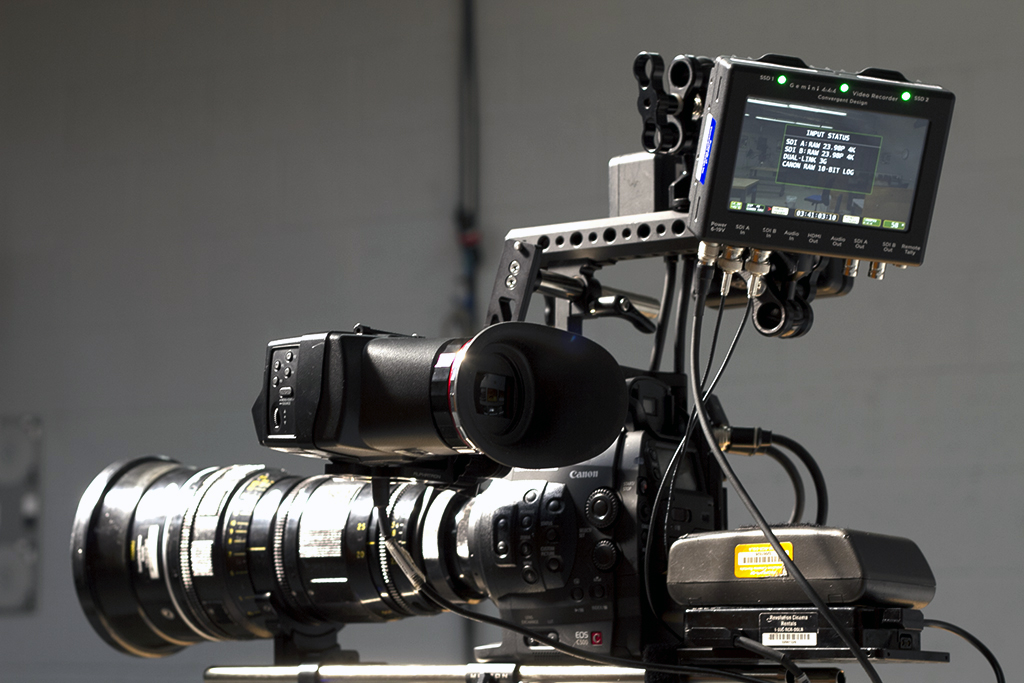



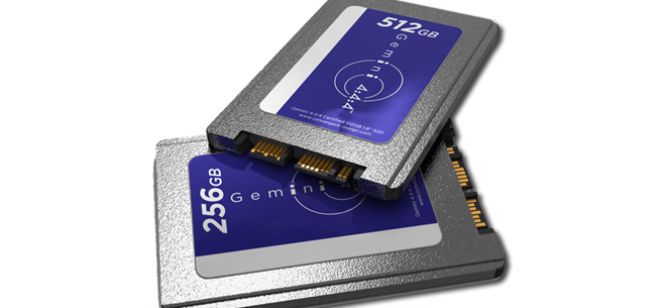

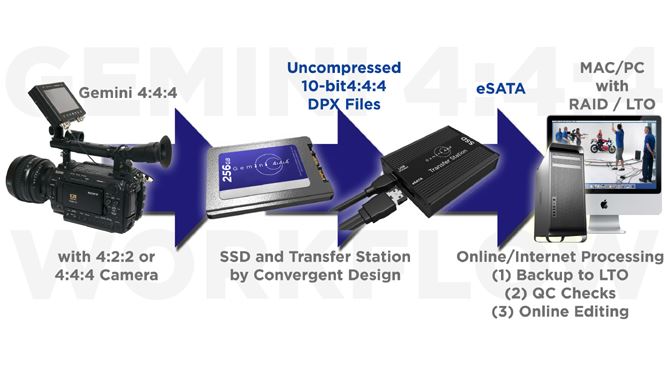








Love it Shane… waaay outside of my knowledge base – but definitely something to commit to the memory banks! Please excuse my inexperience… but, question: You mention being able to “check the digital gate.” What exaclty does that mean if you don’t mind?
Duane. By checking the gate, I mean verifying the footage was captured and playing it back.Thanks for the comment.
This is a little off-topic-ish but you mentioned “Protecting your negative is so important” and it sparked a question.
Do you know how long data/video can stay on a CF card before it deteriorates. Either the data corrupts from losing magnetic imprint or the card itself fails. Or put another way, do you know how long a CF card will last?
Can CF cards be used as an archive medium like tape or negative were/are used as archival mediums?
You can check out Larry Jordan’s article on refreshing hard drives to maintain the data: http://www.larryjordan.biz/a-free-utility-to-refresh-hard-drives/
Any insight is useful. I googled CF card lifespan and looked at some manufacturers websites but did not find any definitive answers. Thanks!
Jeff Orig. Thank you for the kind words and support.
Are you doing LTO backups of all the raw files or just the finished edited product?
Andrew Redd. It depends on the needs of the production, but LTO backups are made from the raw footage.
I like the Gemini very much – its lightweight, runs for hours on even a small battery and the interface is easy to use. But I have issues with it that also extend to other 3rd party external recorders – multiple points of potential failure. For a start, the striped drives. While Convergent rigorously test every drive, these aren’t propriety RAID protected media and if one fails, you’ve lost half your footage. Factor in that for frame rates above 30P, you now need two Geminis, 4 drives and 4 SDI cables and I start to get chills – that’s 10 points of potential failure conspiring to ruin your day (and your shot).
The chances of failure happening are pretty slim, and for 9 out of 10 jobs the Gemini would be my choice, but I always have that caveat in the back of my mind.
Which 2K mode did you see the latitude gain in?
MJ Curwood. I haven’t run into any issues with the Gemini, but this just stressed the important of always checking the gate and the integrity of the footage. I saw the latitude gain in the 2k 12bit mode. Thanks for the comment and support.
I only have one issue with the C-500 ( a glorified C-300 as I like to call it). You buy the camera, for $25,000, and yet you can’t use it to it’s full capabilities. You need a Gemini 4:4:4 external recorder, which costs another $6,000. I believe Gemini no longer has this, but when I purchased the camera and recorder, I had to pay an extra $2,000 for a firmware upgrade to be able to capture 4k onto the recorder. THEN, without them letting me know, I had purchased it with (2) 256 GB SSD, turns out I need (2) 512GB, which is another $2,000. And I would bee needing at least (4) of these cards to have some sort of a work flow.
Camera’s now come out with asterisk next to their price tags, because you need all these external recorders now to be able to full use the camera, a true sales gimmick put out by these camera companies.
With Alexa’s announcement a few weeks back about shooting RAW in camera, without a external recorder, and RED having done that from the start, hopefully the use of all these external recorders will die out and we will come back to the days of having everything in camera, for one price tag and no “Catch-22”.
Savva Svet. I couldn’t agree more. Thanks for your comment.
Hehe, nice Rig for the Gemini … with the Codex S Plate from Arri ;)
Gemini is great. But need two for 4K, 4 cables, 4 plates, more raid…. And no 120fps, today no 2K 12-bit 444 … etc.
Had the first Codex S in Germany in my hands, last week… and it’s awesome! Lightweight, fast, easy! Only transfer times still a problem for 1h footage = 1TB :/
This Gemini recorder looks like a good compact and lightweight solution, even with the problems and quirks this system has.
If the Gemini is only going to be used on the Plate Unit and for Crash Cams, what Recorder are you going to use for your main C500 Camera Packages? Codex S ?
By the way:
I am really looking forward to the new ALEXA XT – Cameras with internal ARRIRAW Recording up to 120fps onto Codex Drives. This will create a much easier RAW workflow and a much more compact and lightweight camera rig. This is going to be the future. I believe the external Recorders are only a interim solution until the cameras are powerful enough to record RAW internally.
Fabio Seyding. Thats is correct we will be using the Codex S recoders for the main C500 packages. Thanks for the comment and support.
Hey guys i am useing gemini with arri alexa clasic camera and taking high speed shot but
i am facing a problam is that i am not able to see footage on arri raw converter or davinci so please tell me how i can see footage highspeed shot on arri raw converter…Vishal.amthemen@gmail.com